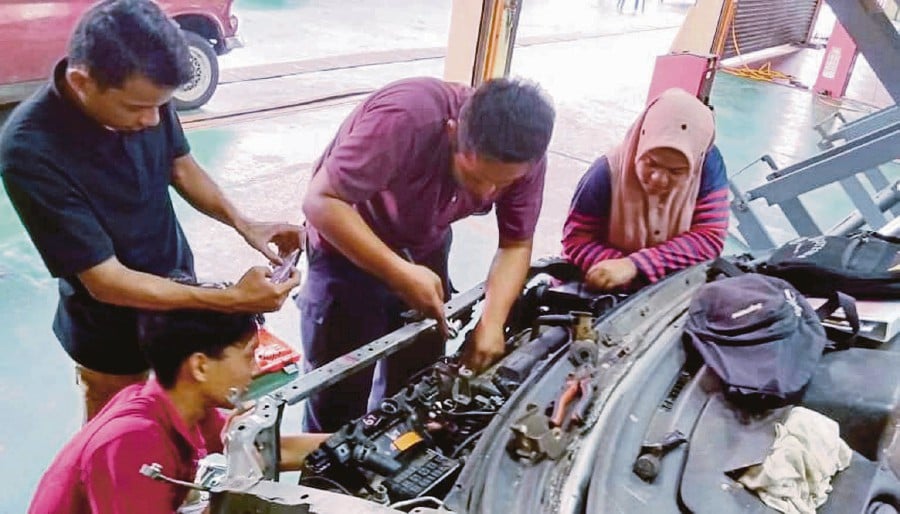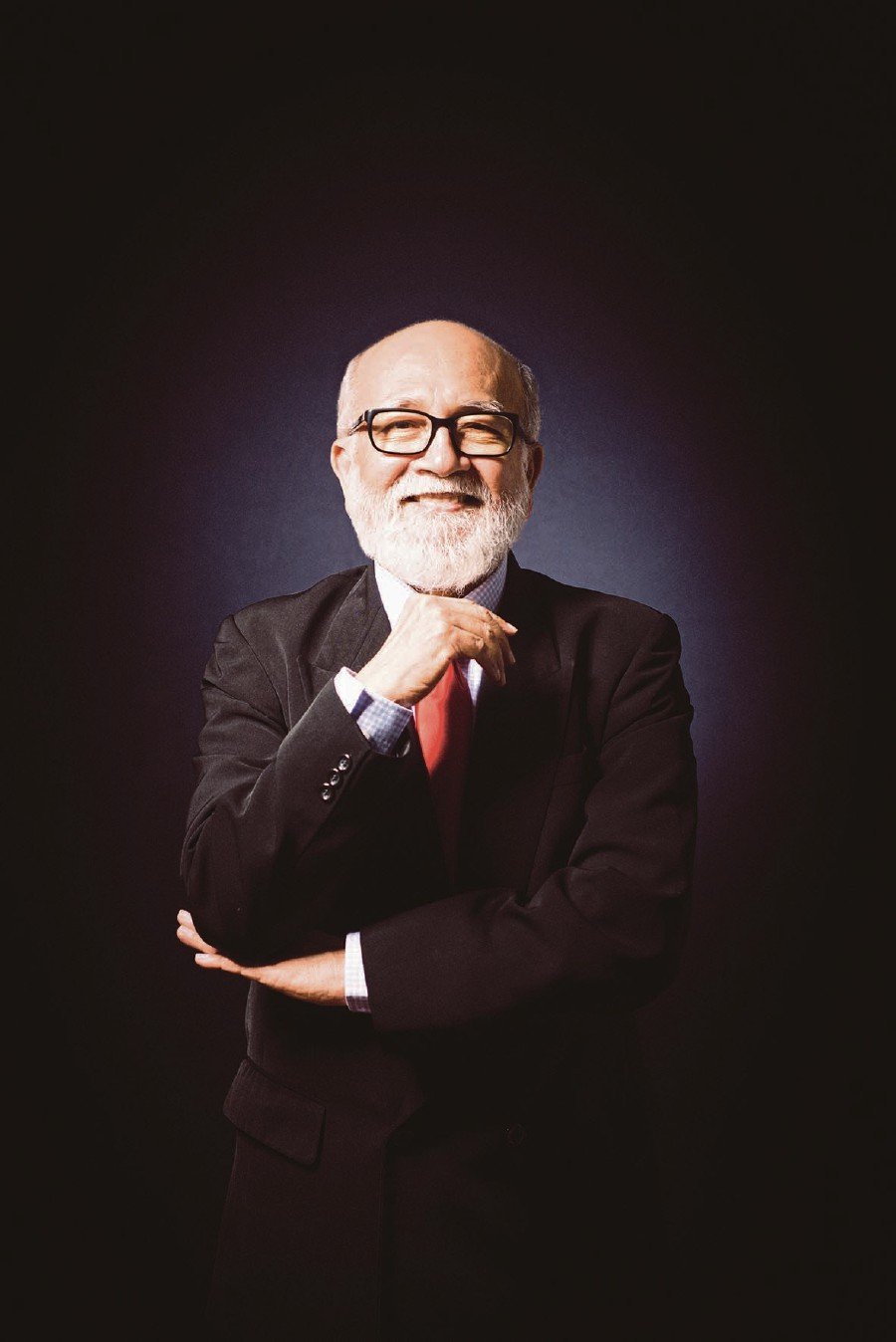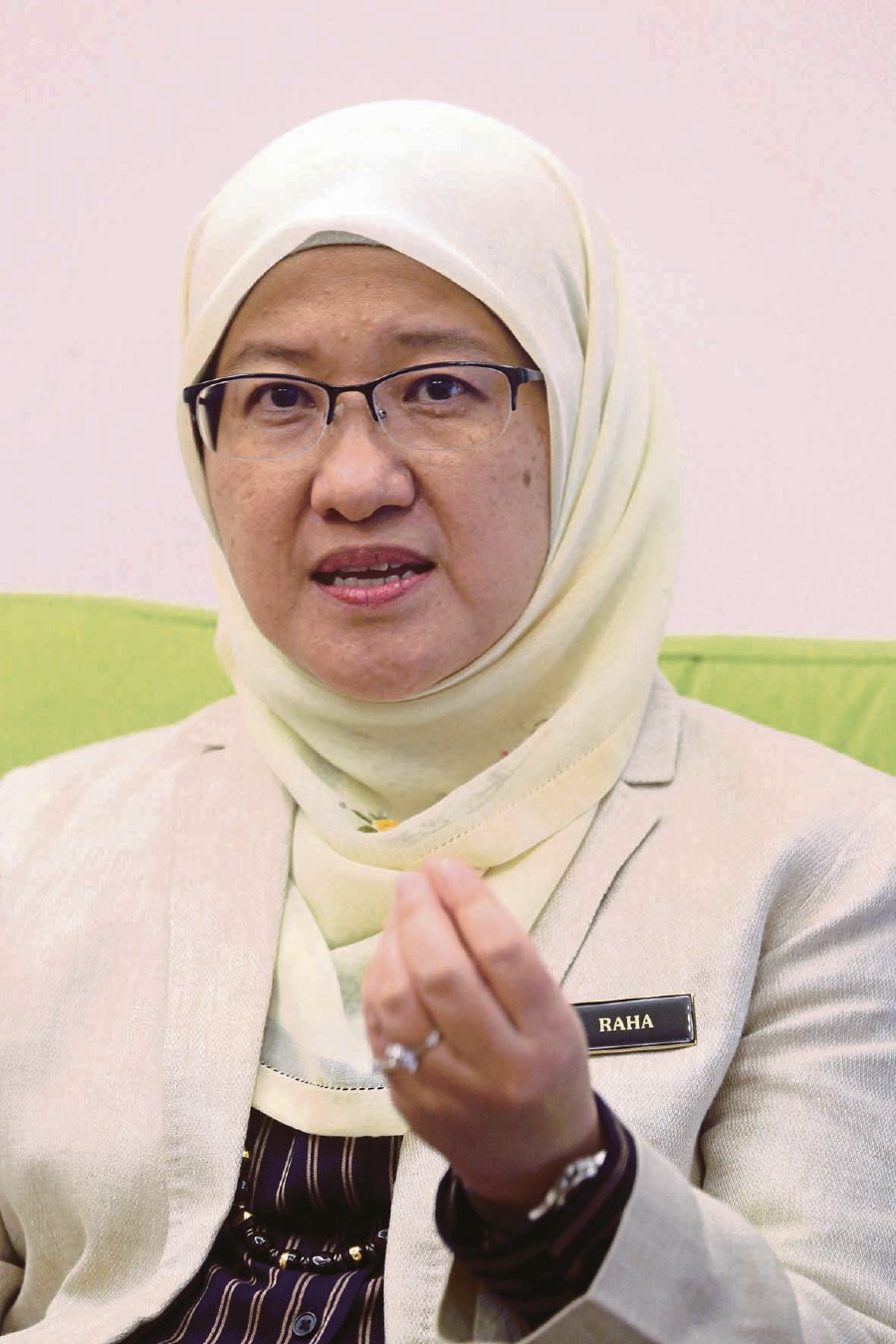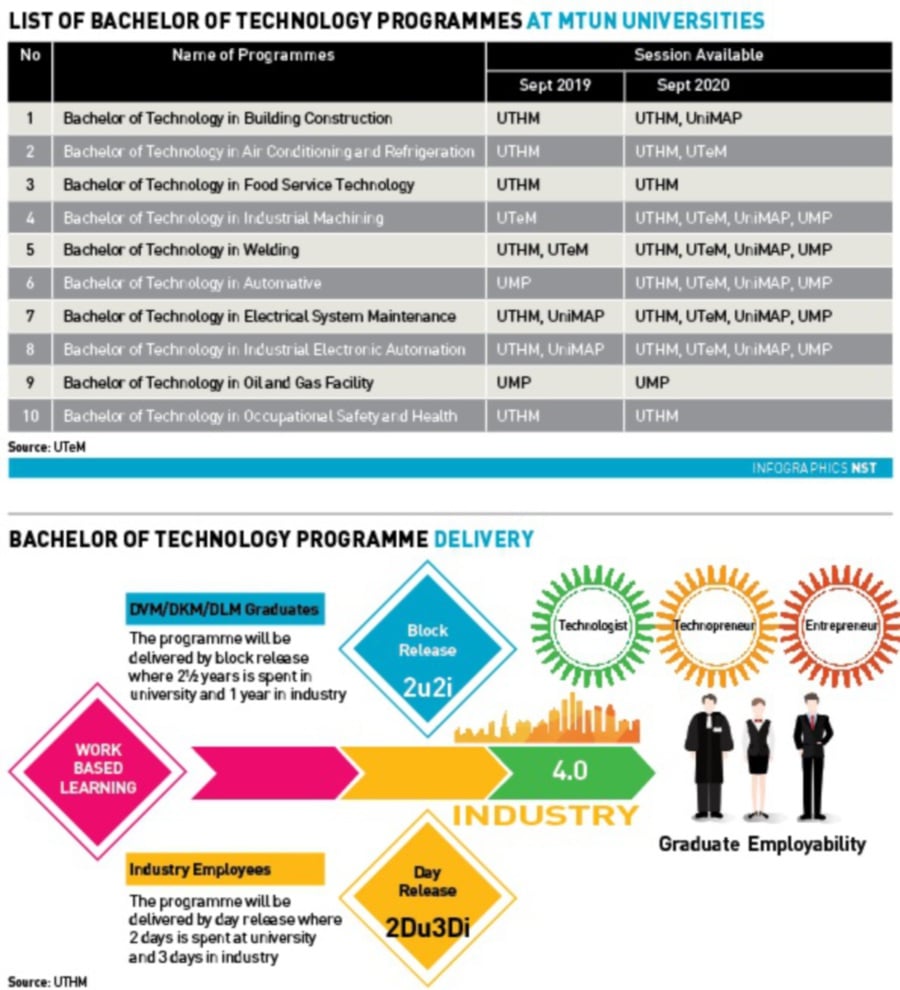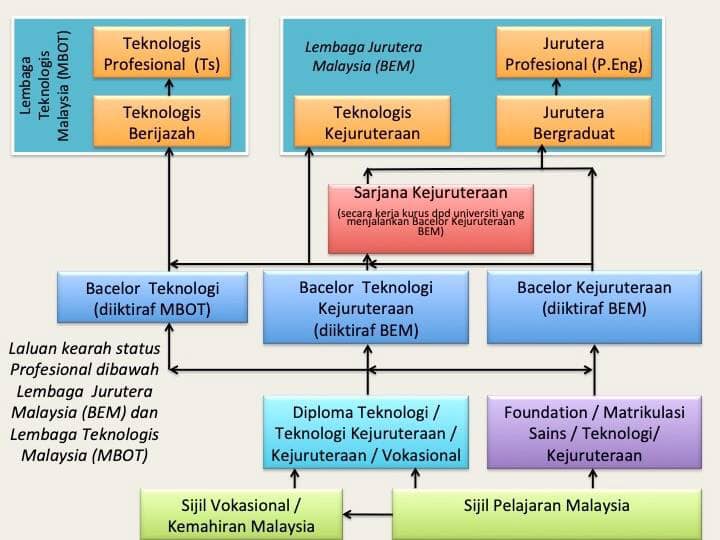Ts. & Tc. – Apa tu?
Pernah nampak gelaran Ts. & Tc.?
Ramai yg tanya Ts. tu Tan Sri ke?
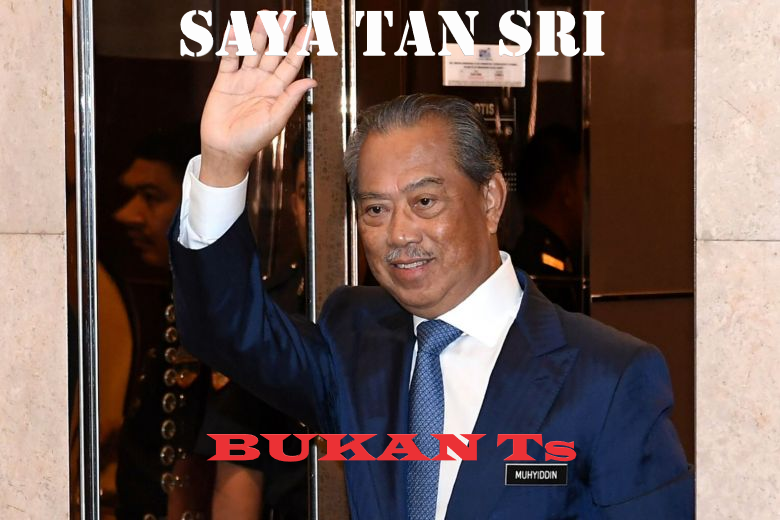
Sebenarnya, Ts. adalah abbreviation atau singkatan kepada Professional Technologist dan Tc. adalah singkatan kepada Certified Technician. Boleh juga yg letakkan singkatan P.Tech atau C. Tech. di belakang nama.
Jom kita tengok serba sedikit mengenai Ts. & Tc. Pendapat kami ini hanya bertujuan untuk berkongsi info kepada yg mungkin berminat untuk mengambil Ts. & Tc. Tidak ada paksaan, ia mungkin mempunyai kelebihan kepada sesetengah orang dan mungkin juga kekangan kepada yg lain. Artikel ini bukan untuk membandingkan antara MBOT vs. BEM atau Ts. vs. Ir. Masing- masing adalah entiti yang berbeza dan mempunyai kelebihan tersendiri.
Apa itu MBOT?
MBOT adalah Malaysia Board of Technologist, salah satu badan professional yg ditubuhkan oleh kerajaan sama seperti badan professional yang lain seperti BEM (Board of Engineer), LAM (Lembaga Arkitek Malaysia), Lembaga Jurukur Malaysia dan sebagainya.
Idea penubuhannya bermula pada Rancangan Malaysia RMK-10 (2011-2015). Pada Ketika itu di Malaysia, hanya 10% pelajar sahaja yg mendaftar dalam upper level secondary TVET, jauh daripada negara OECD (negara maju/membangun) yang mana pendaftarannya sebanyak 44%.
Jadi pihak kerajaan menubuhkan MBOT pada tahun 2015 dengan objektif untuk meluaskan access kepada kualiti tinggi Technical & Vocational Education Training (TVET) dan menukar Malaysia kepada negara berpendapatan tinggi.
Sebelum ini MBOT adalah agensi dibawah MESTECC dan sekarang ini telah diletakkan dibawah MOHR (Human Resource) yang adanya agensi seperti DOSH, JPK dan lain-lain.
Apakah fungsi MBOT? Bukan dah ada BEM?
Seperti yang kita tahu, BEM adalah badan untuk mengawal selia kerja-kerja Kejuruteraan bagi Graduate Engineer, Professional Engineer, Inspector of Works (IOW) sehinggalah kepada badan yang menyediakan khidmat kujuruteraan (checker, ECP, etc).
Manakala MBOT pula adalah untuk kumpulan Technologist and Technician. Misi MBOT adalah untuk meningkatkan kedudukan, visibility dan juga pengiktirafan kepada Technologist & Technician sebagai bidang professional sama seperti Ir. (Professional Engineer). MBOT mengambil rujukan daripada Canadian Council of Technician & Technologist tetapi diubah untuk memenuhi keperluan tempatan.
Apa beza Engineer, Technologist, Technician?
Secara ringkasnya, ia mempunyai perbezaan asas iaitu:
(a) Engineer (Ir./PE) – Kebanyakannya (tidak semua) akan fokus kepada pengaplikasian matematik, teori dan sains iaitu berkonsep dan berorientasikan rekaan (conceptual dan design oriented)
(b) Technologist – akan mentafsir idea, konsep dan rekaan Ir. tadi kepada yang sebenar, lebih hands on atau berorientasikan aplikasi fizikal.
Contohnya terlibat dalam proses pengilangan atau menguji produk atau proses.
(c) Technician – Fokus kepada pelaksanaan kerja – akan membuat kerja-kerja yang telah direka oleh PE atau membuat kerja-kerja yang ditetapkan dalam SOP yg dibuat oleh Ts.
Contoh bidang Inspection & NDT – New Construction of Pressure Vessel (PV).
Jurutera akan terlibat dalam fasa FEED (Front End Engineering Design), CDBM (Corrosion Design Basis Memorandum) sehinggalah kepada pengiraan rekaan PV dengan menggunakan manual atau perisian seperti PV Elite.
Bila mereka, lukisan dah siap, Ts. akan mentafsir lukisan tadi.
Contohnya mereka akan terlibat dalam proses menentukan proses pengilangan yg sesuai (rolling, head forming), proses welding, testing dan sebagainya. Dalam proses ini, Ts. mungkin perlu membuat keputusan untuk memilih teknologi yang sesuai digunakan contohnya NDT kaedah PAUT menggantikan RT dan lain-lain lagi.
Certified Technician pula akan melaksanakan tugasan yang diperlukan seperti membuat kerja-kerja rolling, forming, welding, NDT dan sebagainya.
Tidak dinafikan, ramai juga Engineer yang membuat kerja-kerja Technologist atau Technician di atas. Jadi kita berilah masa kepada MBOT untuk mengembangkan Ts. dan Tc. supaya mempunyai skop kerja yang lebih spesifik .
Kami percaya yang Engineer, Technologist dan Technician perlu saling melengkapi antara satu sama lain. Mereka harus bekerjasama dalam ekosistem rantaian professional untuk meningkatkan nilai kejuruteraan dan teknologi di Malaysia.
Bidang teknologi apa yg ada dibawah MBOT?
Pada masa ini, terdapat 23 bidang teknologi dan teknikal. Khususnya kepada yang berkerja dalam bidang Inspection, NDT, Welding, Lab Testing atau yang berkaitan, kami menyarankan anda memilih bidang Manufacturing & Industrial Technology (ME). Tetapi boleh juga memilih bidang Oil & Gas (Upstream, Downstream, Refining, Petrochemical dan sebagainya).
Contoh teknologi dalam Inspection, Welding & NDT:
a) RBI – Risk Based Inspection replace time based inspection (dari 15 bulan ke 3 tahun ke 6 tahun di SSI)
b) Drone atau Videoscope boleh menggantikan pemeriksaan visual manual.
c) Semiauto atau Automatic Welding manual – cth tube to tubesheet
d) NDT – UTTM high temp probe, C-Scan corrosion mapping, TOFD, PAUT, ECT Weld support MPI, ECT Tube dan bermacam- macam lagi teknologi yang ada.
Adakah wajib untuk kita berdaftar dengan MBOT?
Seperti kita sedia maklum, sebarang perkerjaan yang mempunyai gelaran “Engineer” atau berkaitan kejuruteraan, contohnya QA/QC Engineer, Project Engineer, NDT Engineer, Inspection Engineer, seseorang itu wajib berdafatar dengan BEM seperti dinyatakan dalam Akta Registration of Engineer (REA 2015) samada Graduate Engineer atau Professional Engineer. Tetapi ramai yang masih tak berdafatar kan. Jika didapati bersalah anda boleh didenda tidak melebihi RM 10,000 ataupun dipenjara tidak melebihi 1 tahun atau kedua-duanya sekali.
Untuk Ts. & Tc., apa yang kami nampak Akta yang ada sekarang (Akta 768) masih tidak lagi mewajibkan pendaftaran Technologist atau Technician dengan MBOT, ianya masih bersifat sukarela. Kita mengharapkan MBOT akan meluaskan lagi bidang kuasanya pada masa datang.
Macam mana nak daftar Ts. & Tc. ni?
Ia bukannya prosedur yang menakutkan dan susah. Posesnya pada masa ni masih lagi senang dan straight forward.
(a) Untuk bergelar Ts. anda perlu mempunyai ijazah yang diiktiraf oleh board seperti B. Eng, B.Eng. Tech dan lain-lain dan berdafatar sebagai Graduate Technologist (GT).
(b) Bagi Tc. anda perlu mempunyai Diploma, SKM dan berdafatar sebagai Qualified Technician (QT). Jika tiada SKM, boleh mohon secara PPT jika dah sekurang-kurangnya 3 tahun pengalaman kerja bidang SKM anda.
Seterusnya, anda harus mempunyai pengalaman kerja dalam bidang teknologi atau servis teknikal yang berkaitan selama sekurang-kuranganya 3 tahun sebelum layak memohon Ts. atau Tc.
Bagi yg sudah mempunyai pengalaman kerja sekurang-kurangnya 3 tahun, setelah mendapat kelulusan GT atau QT, anda boleh terus mohon sebagai Ts. atau Tc. Untungnya pada masa ini, pengalaman tersebut dikira dari tarikh anda berkerja bukan dari tarikh anda berdafatar sebagai GT atau QT, jadi prosesnya agak cepat.


Anda hanya perlu mengisi beberapa perkara dan maklumat dalam laman web MBOT contohnya pengalaman kerja, surat majikan dan juga CV anda untuk dinilai. Ada beberapa kriteria yang perlu ada dalam CV tersebut iaitu kompetensi dan komitmen (Knowledge & Understanding, Application to Practice, Leadership/Management, Interpersonal Skills dan Professional Conduct – lebih kurang sama dengan PI IEM)
Jika memenuhi semua keperluan tersebut, anda akan diterima untuk ditemuduga oleh panel penilai MBOT. Boleh rujuk carta alir di bawah.


Jika belajar bidang lain tetapi kerja dan pengalaman bidang lain, boleh ke mohon sebagai Ts.?
Apa yang kami tahu ia dibenarkan oleh MBOT (mungkin boleh berubah), itulah keindahan MBOT. Ia mengambil kira pengalaman kerja anda, jika belajar bidang Electrical Engineering tetapi pengalaman kerja bidang NDT, anda berpeluang untuk memohon bidang teknologi NDT dan seterusnya bergelar Ts.
Berapa lama masa dari GT ke Ts. atau QT ke Tc.? Berapa kos yang perlu dibayar?
Kebanyakannya akan selesai dalam masa 6 bulan ke atas tertakluk kepada jumlah pendaftaran dan panel penilai yang ada. Contohnya permohonan kami:
(a) Graduate Technologist – Mohon 13/11/2019 – Bayar RM 50
(b) Lulus GT & mohon Ts. – 06/12/2019
(c) Sedia untuk penilaian Ts. – 11/04/2020 – Bayar RM 600
(d) Temuduga – 19/05/2020
(e) Keputusan – 06/06/2020 – Bayar RM 350
Kos untuk Ts = RM 1000, Pembaharuan RM 200 (< 60 tahun) & RM 100 (> 60 tahun)
Kos untuk Tc. =RM 530, Pembaharuan RM 100 (< 60 tahun) & RM 50 (> 60 tahun)
Soalan yang paling popular!
Apa kelebihan Ts. atau Tc.? Adakah boleh endorse document atau buat submission seperti Ir.?
Dalam Akta 768, section 19, ia menyatakan Ts. is entitled to approve and certify the manner (cth SOP, Procedure dan lain-lain) atau conduct technology services.
Pendapat peribadi kami, khususnya dalam industri (bukan pendidikan, kerajaan, dll), Ts. dan Tc. ni masih lagi tidak dipraktikkan atau diiktiraf oleh pihak berkuasa seperti DOSH, pihak majikan atau pihak industri sendiri.
Masing-masing mempunyai sudut pandangan yang berbeza, terpulang kepada diri sendiri untuk melihat kelebihan tersebut.
Macam kami di GTI kami pandangannya dari sudut berlainan, kami akan menghasilkan peluang.
Contohnya dengan adanya Ts. atau Tc. ia akan memberikan tambah nilai (added value) kepada diri sendiri dan pelanggan kita.
“If you put in the work, put in the time, put in the effort, you’re going to reap the benefits”.
Jadi kepada Welding / API/ Painting Inspectors, QA/QC, NDT Technician, Corrosion, Lab Tester dan lain-lain yang mungkin tidak berpeluang untuk mendapatkan Ir./PE, boleh la cuba dapatkan Ts. atau Tc. Siapa tahu ia akan memanfaatkan anda di masa depan.
Kepada yg berminat nak tahu lebih detail, boleh join group telegram “road to Ts”., banyak info dan perbincangkan yg dibuat dalam group ni
Diubahsuai dari artikel: FB Page Group Technical Inspection – GTI Sdn Bhd
Komen:
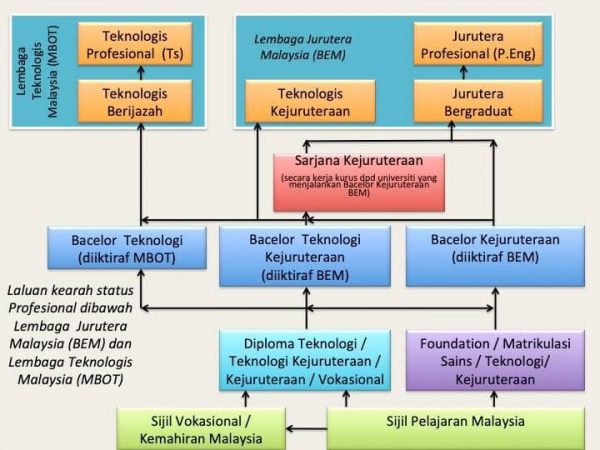
Laluan graduan TVET ke Universiti (TVETUni), boleh lawat sini ATAUPUN anda setakat ingin dapatkan ijazah sarjana muda (xMQA) dari Universiti tempatan (IPTS) dalam masa tersingkat (6-9 bulan)*, boleh lawat sini (*hanya sesuai untuk pekerja sektor swasta sahaja)


